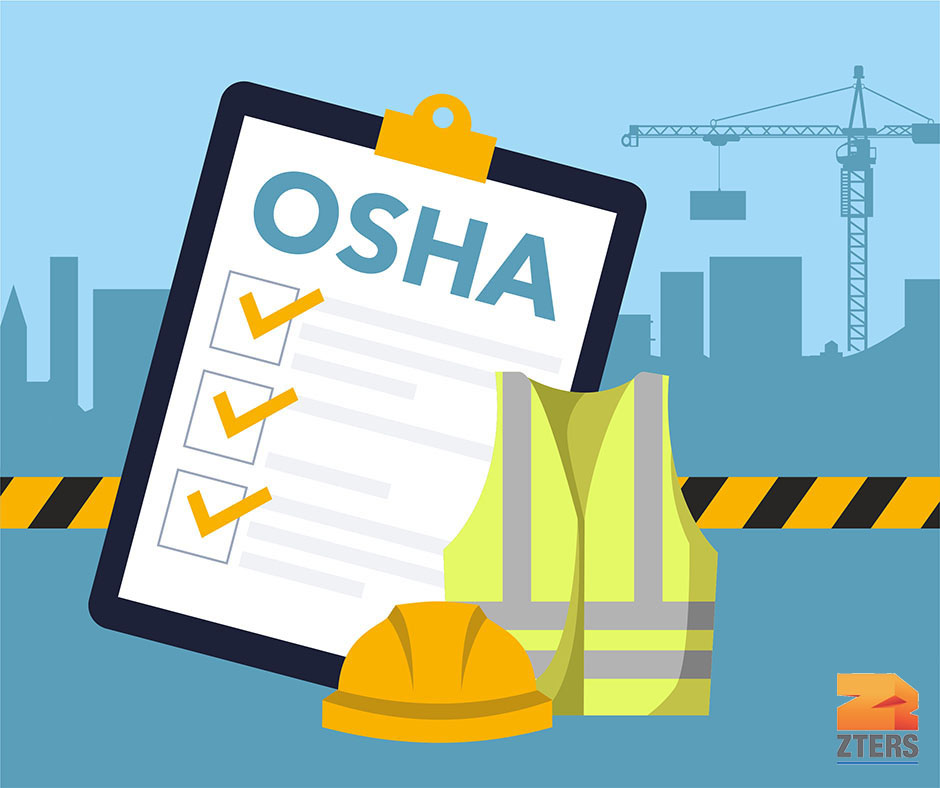Established in 1971, the Occupational Safety and Health Administration, or OSHA, transformed American workplaces for the better. (The federal agency has a rich history worth checking out.) OSHA creates and enforces regulations meant to protect workers across industries. The four groups of OSHA standards include: General Industry, Construction, Maritime, and Agriculture.
Before OSHA, there were few safety practices or regulations protecting workers from injury or even death on the job. That’s especially startling when you think about an industry as hazardous as construction.
Fast forward to today and there are a wide array of OSHA standards for construction in place to minimize and hopefully eliminate harm onsite. It’s in an employer’s best interest to follow OSHA compliance for many reasons. Apart from safeguarding workers and maintaining a secure work environment, employers can avoid hefty fines–often up to $7,000 per violation.
That doesn’t mean that fatal work injuries are a thing of the past, unfortunately. The U.S. Bureau of Labor Statistics reports that there were nearly 1,000 fatal work injuries in construction during 2021 alone. OSHA tracks the most frequently cited standards violations to warn employers of the most common dangers. In 2021, the top violated OSHA construction standards were:
- Fall protection
- Ladders
- Scaffolding
- Fall protection Training
- Eye and face protection
How does OSHA enforce its standards?
OSHA has jurisdiction over nearly 7 million worksites across the country so it’s impossible for the agency to evaluate every site. Then, how does OSHA enforce standards? The agency will send out an OSHA inspector, also referred to as a compliance safety and health officer, to assure compliance with standards.
Typically, inspections happen without notice; however, employers reserve the right to require an inspection warrant from the compliance officer before accessing the worksite.
OSHA inspections are conducted according to priority–with more severe requiring a more urgent inspection. From most to least severe, these OSHA inspection priorities are:
- Imminent danger situations – hazards that could cause death or serious bodily harm
- Severe injuries and illnesses – must be reported by employers within 8 hours (for fatalities) and within 24 hours (for major hospitalizations)
- Worker complaints – reports of hazardous conditions
- Referrals – hazards brought up by local agencies, individuals, the media
- Targeted inspections – aimed at high-hazard industries/workplaces
- Follow-up inspections – verifying abatement of violations
For lower-level concerns, OSHA may reach out via electronic communications. For higher-level concerns, an on-site inspection is necessary. On-site inspections follow an organized structure. The reason for and scope of the inspection are explained by the compliance safety and health officer upon arrival.
Other OSHA Construction Standards You Should Know
Some employers focus a lot on certain aspects of worksite safety and forget to address others. Having an OSHA compliance checklist can make all the difference in the world.
One of our most frequently read posts is OSHA Rules for Construction Portable Toilets. The short read can serve as a guide for how many porta potties are needed per person on a jobsite. Similarly, our article on OSHA Regulations for Construction Fencing touches on rules around temporary fencing including entry/exit access and height requirements.
Don’t just think of OSHA construction standards as enforcing safety. Think of OSHA regulations as a guide for ensuring employees’ well-being. Safer, more comfortable workers can mean higher productivity.
ZTERS can help fulfill your rental needs and stay compliant with OSHA local ordinances and regulations. Contact us to learn more about how we can streamline your construction project.

